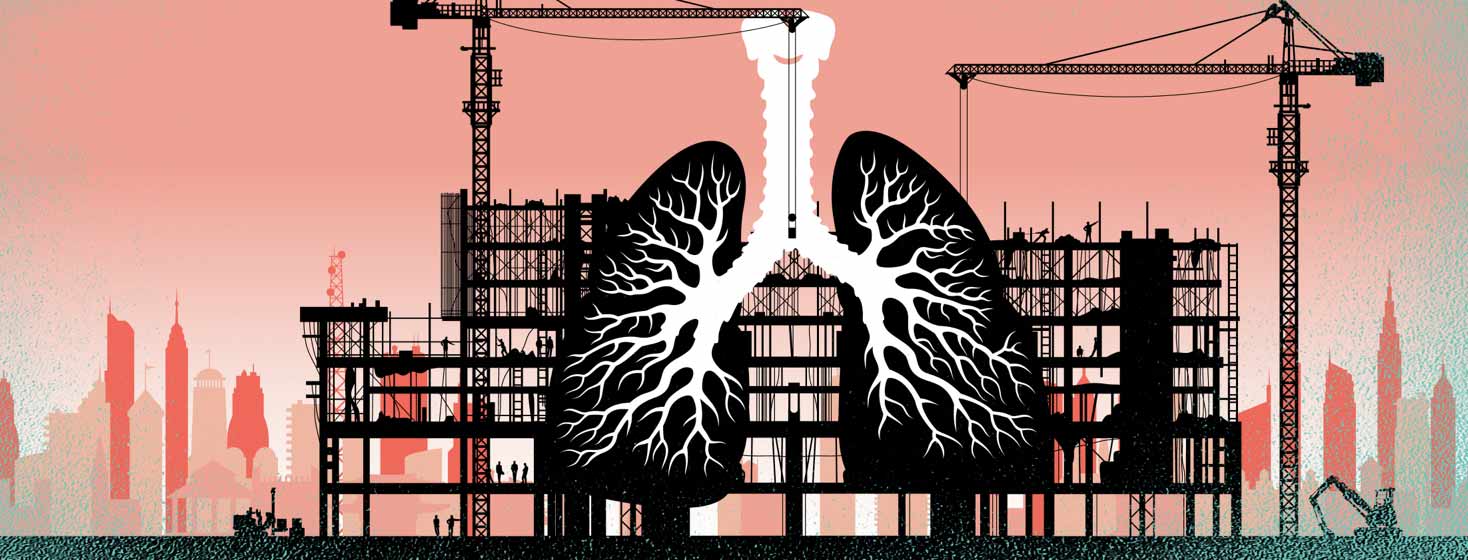How Does Asthma Affect the Airways?
Your body needs oxygen so you can walk, talk, eat, and exercise. The way you get this oxygen is through the air you breathe. During normal breathing, each time you take a breath, air travels from your nose or mouth to your lungs. On the way, the air goes down a large, hollow tube in the front of your neck. This tube is called your trachea or windpipe, and it is your largest airway.1
In your lungs, this windpipe divides into 2 tubes, which are called bronchial tubes. These tubes resemble upside-down trees. One goes to the right lung, and one goes to the left lung. As these tubes pass through the lungs, each one divides into smaller air channels that are known as bronchioles. They keep branching off into smaller and smaller tubes. At the end of each of these small tubes are tiny air sacs, called alveoli. Every time you inhale air, these tiny sacs fill up with air similarly to tiny balloons.1
What happens to the airways in asthma
In normal breathing, the airways to the lungs are completely open. Air moves freely in and out. But in someone who lives with asthma, these airways swell and become inflamed. As the airways grow irritated and sensitive, they start to react to various asthma triggers, which are things that you are exposed to every day.2
There are many triggers that can cause an asthma attack. Pollen, molds, pet dander, and dust mites all are triggers. A common cold can be a trigger, and so can stress or even changes in the weather. Many irritants in the air, such as cigarette smoke, wood fires, smog, and strong fumes or vapors from paint, gasoline, or perfumes, are also triggers.2,3
In an asthma attack, the linings of the bronchial tubes swell. Instead of the usual amount of mucus, the bronchioles produce an excessive amount of mucus. As they get clogged with mucus, the muscles around the bronchial tubes tighten.2
The symptoms you feel in asthma
As the airways narrow, breathing gets more challenging. There is less space for air to move in and out of the lungs, and breathing becomes difficult. Moving the air out of the lungs is especially stressful.4
Anytime something disturbs your airways, it can give you trouble with breathing. This is because the small muscles around the airways are squeezing tightly, and they are swelling inside. The excess mucus makes it hard to breathe. Besides having trouble breathing, a person with asthma experiences coughing and shortness of breath. You can feel as if something is tightening around your chest. You may make a whistling sound called wheezing as you inhale and exhale.4
The long-term effects asthma can have on the airways
When the bronchial tubes are always swollen, their basic structure can change. These changes are called airway remodeling. The membranes in the bronchial tubes can thicken, and the layer of smooth muscle surrounding them increases. The tubes grow narrower, which makes breathing more difficult because less air is getting through. This narrowing of the bronchial tubes is called bronchoconstriction, and it can be irreversible. Also, the lungs can become scarred.2,5
Controlling and treating asthma is key so you can help prevent these changes and stay healthy. Work with your doctor and care team to find an asthma treatment that works for you.2,5
Have you experienced airway remodeling due to asthma?

Join the conversation